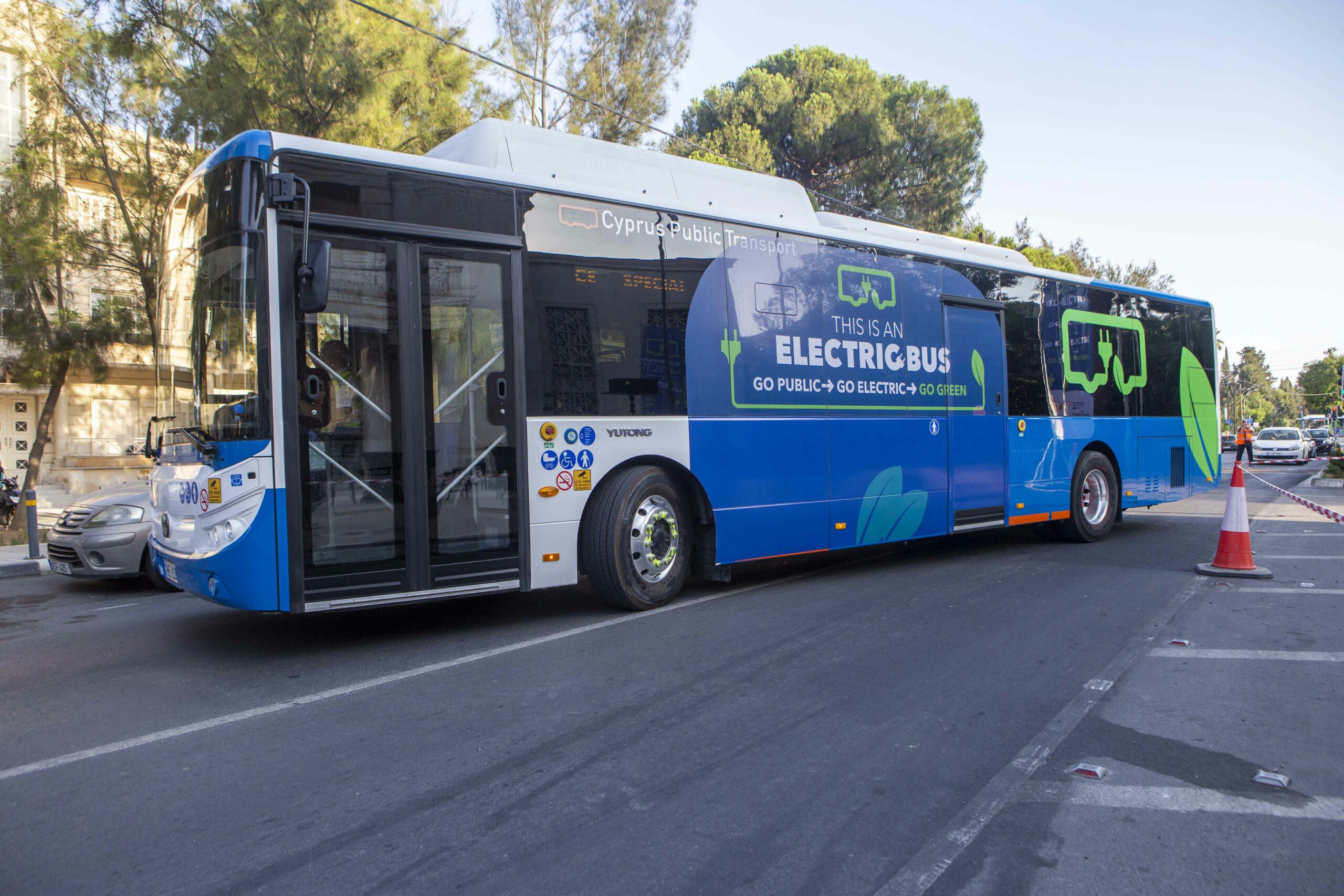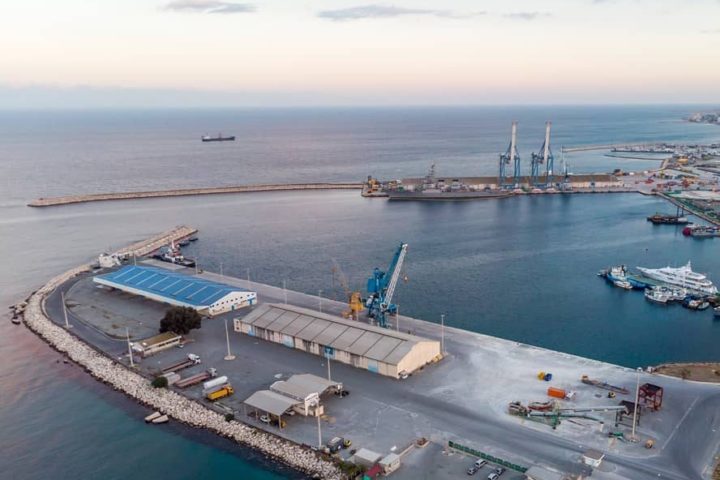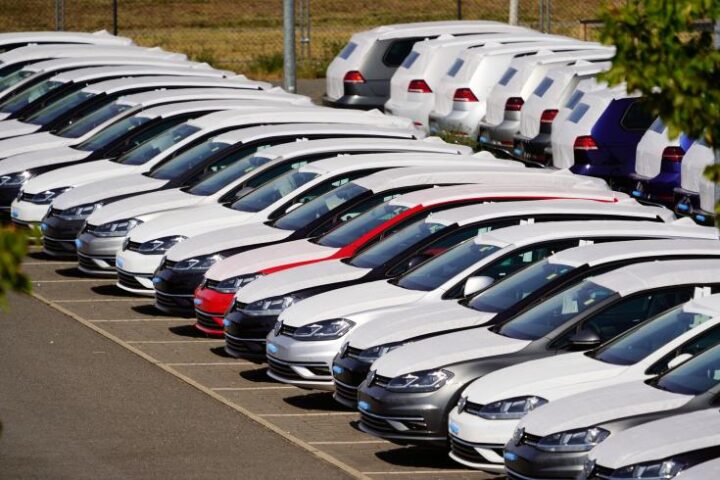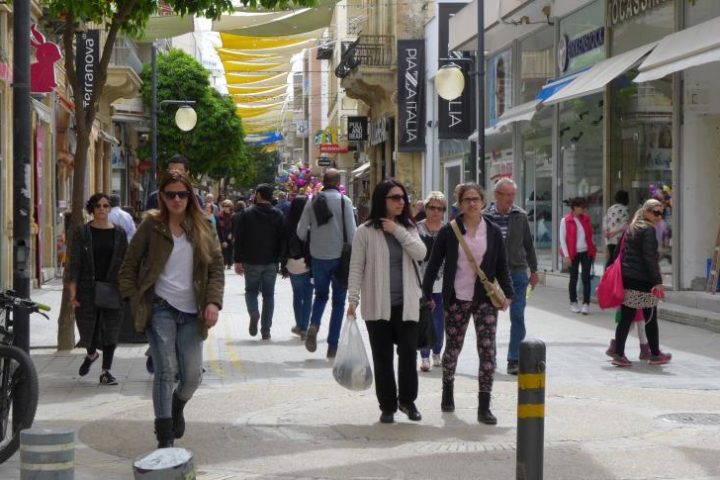Cyprus Public Transport has introduced the first electric urban buses to their fleet to commence servicing routes.
The company said the move aims to contribute to sustainable and greener public transport efforts.
CPT said the five new Yutong Chinese electric buses are fully accessible, 12-metre long, with a maximum capacity of 85 passengers, including priority seats and a wheelchair area.
These electric buses can operate from morning to evening on a single daily charge.
They are air-conditioned and equipped with 5G Wi-Fi, closed circuit surveillance cameras and USB chargers, with no engine noise or vibration.
The use of electric buses aims to contribute to the efforts of the Ministry of Transport to offer sustainable and greener public transport and alternative modes of travel.
Minister of Transport Alexis Vafeades said, “Electric buses will contribute to the reduction of air pollution and noise on our roads, thus improving the quality of life of our citizens”.
Felipe Cosmen, Cyprus Public Transport’s Chair, said the company has long-term targets to continue to make public transport more attractive and find feasible solutions that will significantly support the ministry’s efforts to minimise traffic congestion, especially in Nicosia.
A new project that CPT is studying in collaboration with the Ministry of Transport is the Mass Rapid Transit which, with the right infrastructure and resources, will be able to transfer large numbers of passengers quickly, frequently and comfortably from the GSP area to Nicosia city centre.
The service aims to increase the demand for public transport by offering more frequent and direct routes, thus drastically reducing traffic congestion.
The minister announced the launch of the DRT (Demand Responsive Transport) pilot programme, which will be offered to specific groups.
In the first phase, the pilot programme will be offered to people with disabilities who already use public transport, where they can request, for the next day, a bus ride from a bus stop closest to their home directly to their final destination and vice versa.
Commuters in Nicosia and Larnaca got their first taste of the greener bus rides when 155 Chinese-made low-emission buses took to the roads in 2020.
Too many cars
According to a study conducted in 2020 by Eurostat, Cyprus had the third highest number of passenger cars in the bloc — 645 vehicles per thousand inhabitants.
The same study said that passenger cars powered by alternative fuels made up a small share of new car sales.
“We already see an increase in the number of people aged 30 and under who travel by bus, but obviously the under 18s are our main customer base when it comes to Cypriot society,” Alexandros Kamberos, CPT business development manager, told Xinhua.
The high cost of living is forcing an increasing number of drivers to opt for buses as an alternative way to travel.
“It costs about €500 a month to operate a car, and it’s €400 for a yearly bus ticket — so it makes sense to choose the bus,” he said.
CPT, a consortium made up of Malta Lines and Kapnos Airport Shuttle, holds the license to operate bus services until 2030










